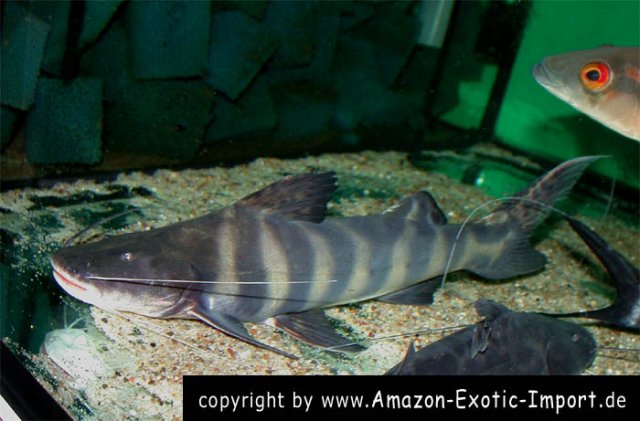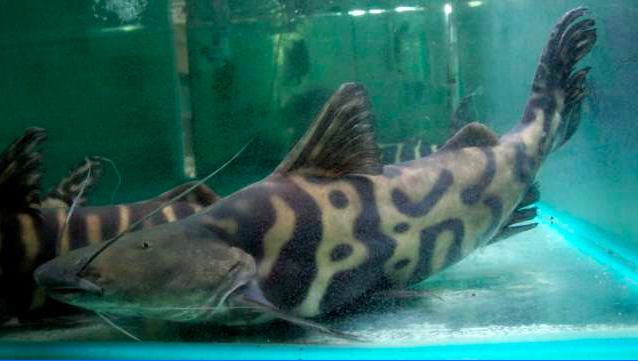Flash zebra, gold zebra, whatever you want to call them are all the same thing: Brachyplatystoma juruense. They are wildly variable in pattern and respond strongly to ambient conditions (light vs dark substrate) and water (they have the best coloration in very soft water). The color of the lighter part is affected by the 'wildly variable' pattern mentioned above.
Jurs are a light colored fish with dark markings, unlike tigs who are a dark colored fish with light markings. In both species, as juveniles, the markings cover the fish almost completely. As they grow, the markings that cover the body begin to break up and form patterns. In tigs, this means that the almost entirely white fish with black spots on the sides begins to break up, and the dark primary color begins to become visible while the markings begin to form. In jurs, the black coloration begins to break up, and the yellowish primary color begins to become visible. In both species, the largest and best kept specimens are always stunners with vivid, gorgeous patterns as seen in the 'gold zebra' above.
It's all a marketing gimmick. Any jur you get will look stunning if you can keep it healthy to 2'+, like the 'gold zebra' above. The problem is most die or get sold by about 15", which is when they are just starting to get nice colors.

















